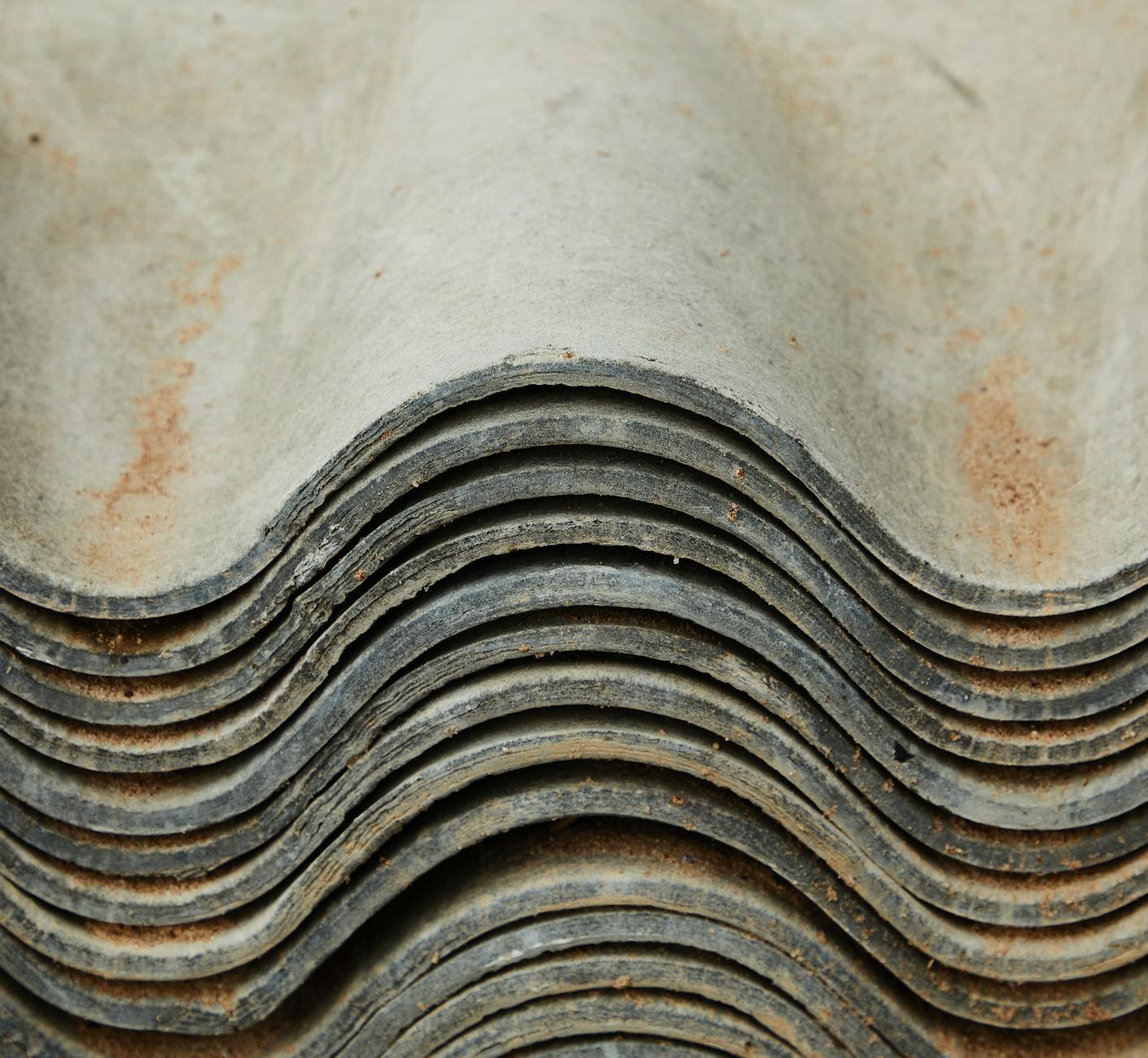
Understanding Termite Damage
Termites can significantly affect your home’s integrity, and understanding the extent of their impact and the signs of an infestation is crucial for maintaining your property’s structural health.
Impact of Termites on Structures
Termites are notorious for causing extensive and costly damage to homes and buildings, with billions of dollars spent annually in the United States on repairs due to these pests (LuvALawn). These tiny insects can compromise the strength and safety of a structure, sometimes leading to the collapse of buildings if the infestation is not addressed promptly.
The damage caused by termites can weaken wooden structures from the inside out, often remaining undetected until it’s too late. This can render a home unlivable and necessitate expensive repairs or replacements of the compromised wood. To protect your home from such damage, it’s important to ensure that you termite-proof your home using various prevention techniques and materials, such as termite-resistant building materials.
Signs of Termite Infestation
Identifying a termite infestation early can save you from the dire consequences of their damage. Some common signs of termite infestation include:
- Buckling Wood: This may appear similar to water damage with swollen floors and ceilings.
- Visible Mazes: Particularly in walls or furniture, which indicates the presence of subterranean termites.
- Mud Tunnels: These can be found near the foundation of infested homes and are created by subterranean termites accessing above-ground food sources.
- Scent: A mildew or mold-like odor may be noticeable in areas where termites are present.
For more specific signs related to different types of termites, refer to our articles on drywood termites elimination, dampwood termites control, and formosan termites eradication.
Professional inspections are a vital component in identifying and repairing termite damage. These inspections should be conducted regularly to detect early signs of infestation and to address conducive conditions for termite activity around your home. For a comprehensive guide on identifying termite activity, check out our article on signs of termite infestation.
By staying vigilant and informed about the indicators of termite presence, you can take timely action to mitigate the damage and ensure the safety and longevity of your home. If you suspect an infestation, it’s advisable to consult a structural engineer and contact a reliable termite control company to discuss the severity of the damage and explore effective treatment options.
Repairing Termite Damage
Once you’ve confirmed the presence of termites and have taken steps to eliminate them, repairing the damage to your home is the next priority. Depending on the severity, you may need to replace damaged wood and possibly add structural supports. Here’s how you can approach these repairs.
Replacing Damaged Wood
First, assess the extent of the damage. Termites can compromise the structural integrity of wood in various parts of your home, including the ceiling, foundation, and even furniture. If the wood emits a hollow sound when knocked, shows visible holes, or displays signs of buckling and discoloration, it’s time to consider replacement (Flick Pest Control).
For ceilings, look for sagging or areas of discoloration, and for foundations, keep an eye out for sagging floors, cracked walls, and difficulty opening windows or doors. Furniture may display tiny holes or weakened structural integrity. Once you’ve assessed the damage, follow these steps:
- Remove the infested wood – Carefully dismantle and dispose of the termite-damaged wood. This step should only take place after ensuring that the termite infestation is fully eradicated.
- Measure and cut new wood – Measure the dimensions of the removed pieces and cut new wood to match. Ensure the type of wood you use is suitable for the area of repair.
- Install the new wood – Secure the new wood in place using appropriate methods, such as nailing or screwing into existing structures.
- Finish the wood – Treat, seal, or paint the new wood to match your home’s aesthetic and to provide additional protection against future termite attacks.
It’s important to consult with a professional to assess the extent of termite damage and to determine whether DIY repairs or professional assistance is needed. In severe cases, you may need to consult a structural engineer.
Structural Support Addition
If the termite damage is significant, particularly in load-bearing areas, you may need to add structural supports to ensure the safety and stability of your home. This often involves the following steps:
- Consult a structural engineer – A professional will be able to determine the extent of the damage and the type of support needed.
- Design a support plan – The engineer will provide a plan for adding beams, posts, or other supports to reinforce the weakened structure.
- Install the supports – This step usually requires professional help, as it involves ensuring the supports are properly positioned and secured to carry the necessary weight.
| Step | Description |
|---|---|
| Consultation | Engage with a structural engineer to understand the damage. |
| Design | Develop a plan for the necessary structural supports. |
| Installation | Professionally install the supports according to the plan. |
When adding structural support, it’s essential to use termite-resistant building materials to prevent future infestations. Regular maintenance and termite inspections are also key to catching any new activity early.
Repairing termite damage can be a daunting task, but taking a systematic approach to replace damaged wood and adding structural support where needed will help restore your home. Always prioritize safety and consult professionals whenever the damage is beyond simple repairs. With the right approach, you can maintain a termite-free home and protect your investment for the future.




